
A new book charts the forgotten stories and secrets of over 360 mansions and villas in Broughty Ferry.
Broughty Ferry was once regarded as the richest square mile in Europe as it was home to the wealthy jute barons who built Dundee’s textile fortunes.
Not everyone made their money from jute.
David Halley was a publican in Alyth and the Hilltown.
John Jabez Watson’s main business was blended whisky.
They enjoyed high society, living with servants and maids in their extravagant homes.
Of Mansions & Mariners – the tale of Broughty Ferry offers a fascinating peek through the silk curtains and includes 230 photographs and illustrations.
Written by Callum Webster and Craig Muir, the book also outlines the family history of the main dynasties in the former fishing village.
It’s the product of research gathered over two decades.
Callum and Craig have shared photographs and stories from some of these buildings including legendary names such as Carbet Castle and Castleroy.
Their names live on, even if some are now long gone.
This is Through the Keyhole, Broughty Ferry-style.
Aystree, 26 Victoria Road
Aystree was built in 1903 for Colonel Thomas Henry Smith who was the proprietor of Polepark Jute Works in Dundee.
Aystree is a word play on Tay Street with the first and last letters removed.
The building has since been converted into apartments.
Ballinard, 26 Claypotts Road
Ballinard belonged to distiller John Jabez Watson for many years.
His Watson’s No 10 and Blue Band blends of Scotch whisky were world famous.
The villa was sold and converted into the Ballinard Hotel from August 1937 which closed in 2001 before being demolished and replaced with 10 houses.
The Bughties, 76 Camphill Road
In October 1882 Broughty Ferry Burgh Council granted planning permission for a villa on a rocky ridge known as The Bughties.
The Bughties was designed partly in the Queen Anne style and partly in the North American Shingle style by Dundee architect John Murray Robertson.
It was the residence of Colonel William Henry Fergusson whose family were jute manufacturers and owned Dudhope Works in Douglas Street.
The Bughties is now a care home.
Carbet Castle, 3-7 Camphill Road
Originally known as Kerbat House, Carbet Castle was built in 1861 for Joseph Grimond who ran the Bowbridge Jute Works with his brother Alexander.
It featured two ornament ceilings painted by Parisian artist Charles Frechou.
The building was largely demolished between the wars and by the 1950s there only remained the west wing and an earlier rear service block.
Carbet Castle was demolished in 1984 to make way for flats.
Castleroy, 1-11 Castleroy Road
Jute spinner George Gilroy used the family’s wealth to build the mansion of Castleroy in 1867 and brought up Bannockburn stone by the hundred tons.
It was built to the Tudor designs of architect Andrew Heiton from Perth and stood on almost the highest summit of Balgillo Hill for 84 years.
Dry rot took hold after Gilroy died and it was demolished in 1956.
Craig Gowan, 42 Camphill Road
Craig Gowan was built in 1878 in French château style for James Mudie.
A shipowner and coal merchant, Mudie served as the provost of Broughty Ferry and Craig Gowan was sold after his daughter disappeared in December 1928.
The B-listed building has now been divided into flats.
Fort William House, 34 Dundee Road
Captain James Neish commissioned architect George Matthewson to build him a summer house overlooking the River Tay.
The villa was completed in 1839 and Captain Neish named it after his vessel the Fort William which brought the first cargo of jute from India to Dundee.
The building was home to the Royal Tay Yacht Club for many years.
The Gaunge, 40 Albany Road
The Luke family owned jute mills in Calcutta as well as Dundee and Blairgowrie.
David Smith Luke bought the site in September 1873 to build a home although his enjoyment was short-lived as he was forced to sell up due to spiralling debt.
The building changed hands over the decades and was demolished after 1965.
A modern bungalow was constructed from the rubble.
The Hermitage, 6 Hermitage Road
The Hermitage dates from the 1840s and belonged to linen merchant Peter Duncan.
He spent his early career with the flax trade in Russia and named his villa after The Hermitage in St Petersburg which was the palace of Catherine the Great.
The Hermitage was awarded Category B listed status in 1991.
Hermon Lodge, 129 Strathern Road
Hermon Lodge was designed in French gothic-style by architects Charles Edward and Thomas Saunders Robertson.
Mr Edward owned the villa and rented it out.
His first tenant was Peter Matthew who was a jute merchant from Hilltown.
It was converted into a hotel in 1947.
It has since been restored to use as a private residence.
Homebank, 9 Ellieslea Road
Homebank first featured in the 1878 directory as occupied by Alexander Bell.
He was a director of Messrs J H & A Bell, which were based in Royal Exchange Place, operating as export and commission merchants.
Homebank was re-purposed and used as a depot during the Second World War.
Magdala, 32 Dundee Road
Magdala was commissioned by Sir James Urquhart as his retirement mansion.
He was only 44 when he became Dundee Lord Provost and he led the campaign which resulted in the annexation of Broughty Ferry to the city in 1913.
Sir James dropped dead before Magdala was complete and never moved in.
Red Court, 17 Fairfield Road
Red Court was constructed in 1886 with red sandstone from Dumfries.
The original owner Alexander Gordon Thomson operated Douglas Foundry and he left an estate worth almost £10m in today’s money when he died in 1899.
A later owner was Ernest Grant who operated Forfar’s Academy Street Jute Works.
Roycroft, 31 Yewbank Avenue
Roycroft was built for publican David Halley who was an innkeeper at Alyth and later opened Halley’s Bar in the Hilltown.
Halley and his wife Mary named their villa after the Roycroft artisan colony in New York and were first recorded living there in the 1907 street directory.
Mrs Halley organised a census protest at Roycroft in 1911 and arranged for 20 suffragettes to stay at the mansion so they were not registered.
Taypark, 30 Dundee Road
Taypark was designed for William Robertson whose iron merchants’ business had branches in Dundee, Glasgow, London and Sydney.
It operated as a private hotel from 1930 after changing hands a few times.
The villa was demolished in 1983 and luxury apartments were built on the site.
Callum said: “Researching and writing Of Mansions & Mariners has been a most enjoyable exercise.
“I trust that readers will derive pleasure from it.”
- Of Mansions & Mariners is on sale now from Eduardo Alessandro Studios, Goodfellow & Steven’s Café, Troup’s Pharmacy and The McManus.



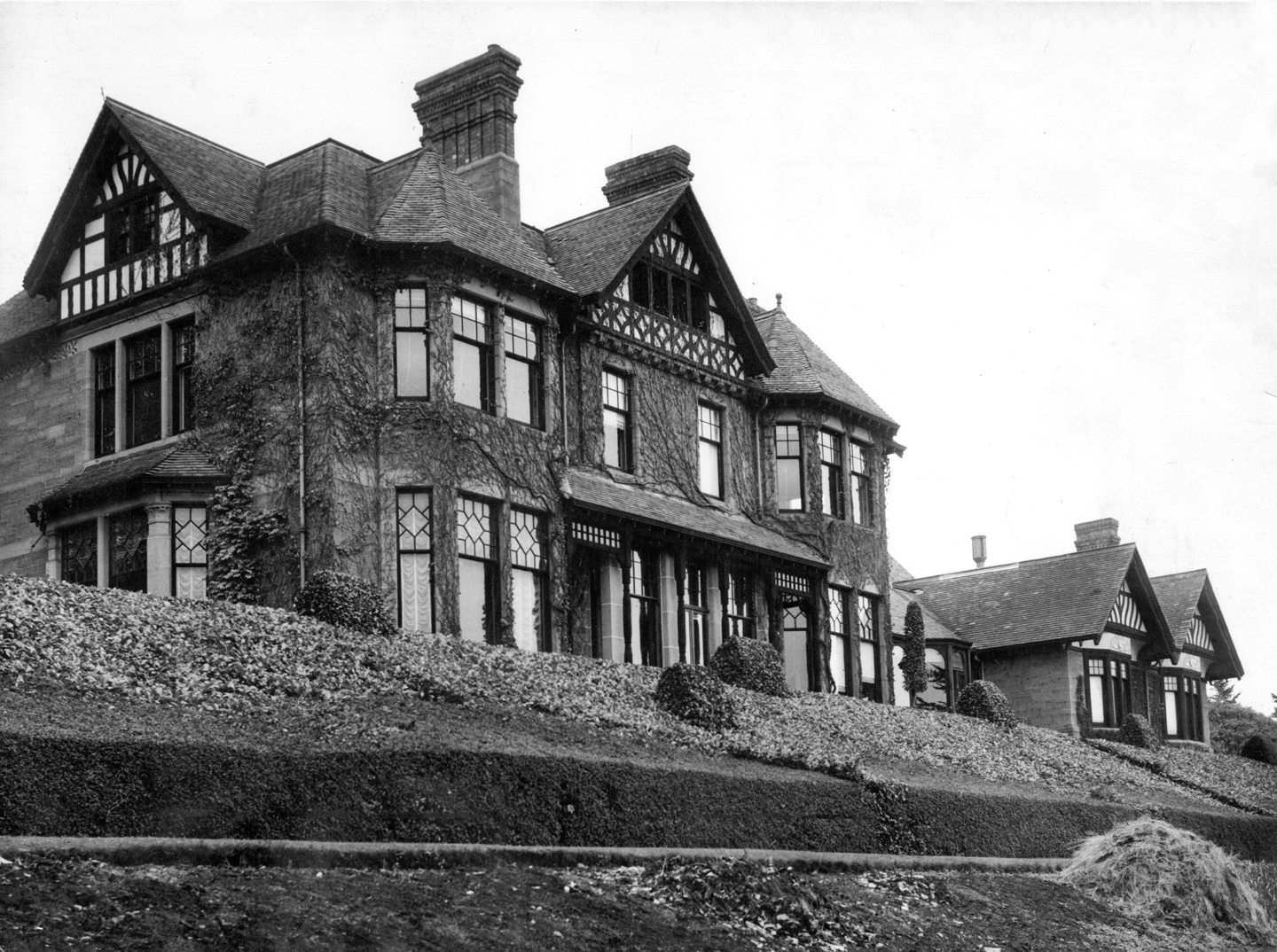


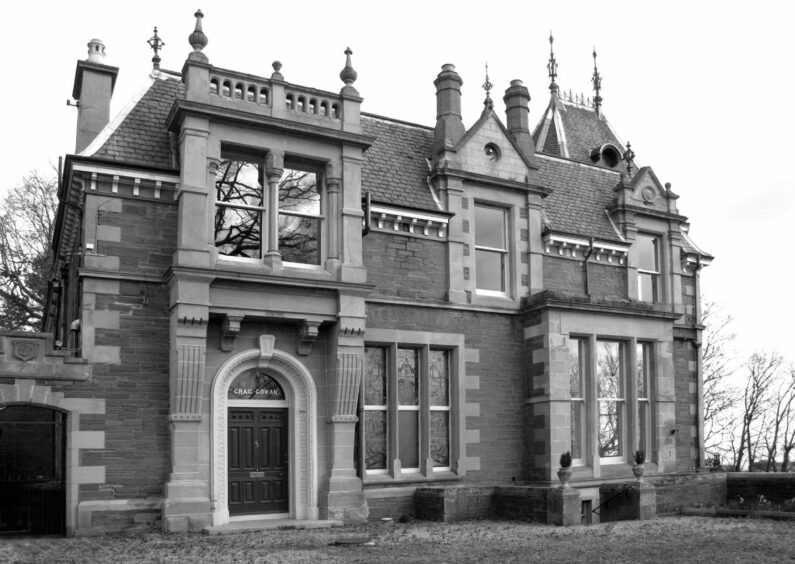
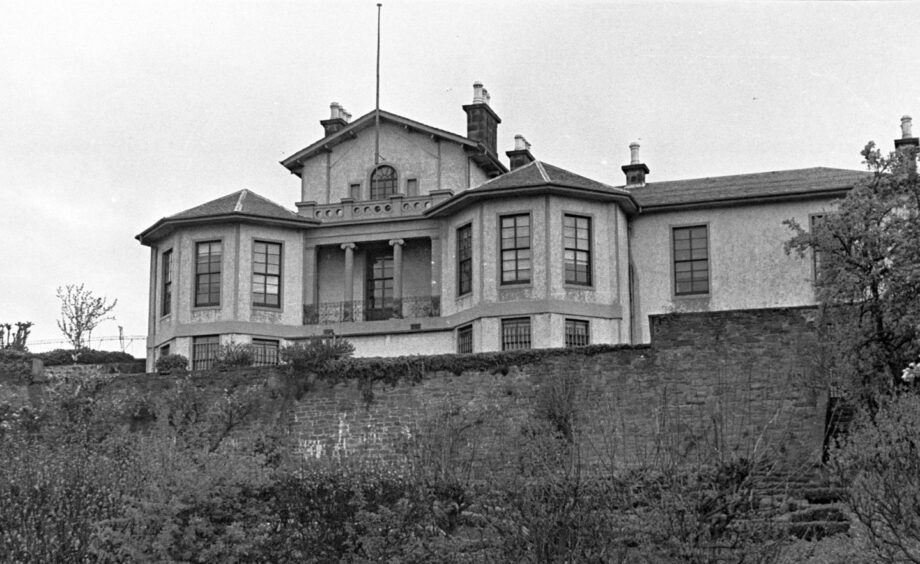








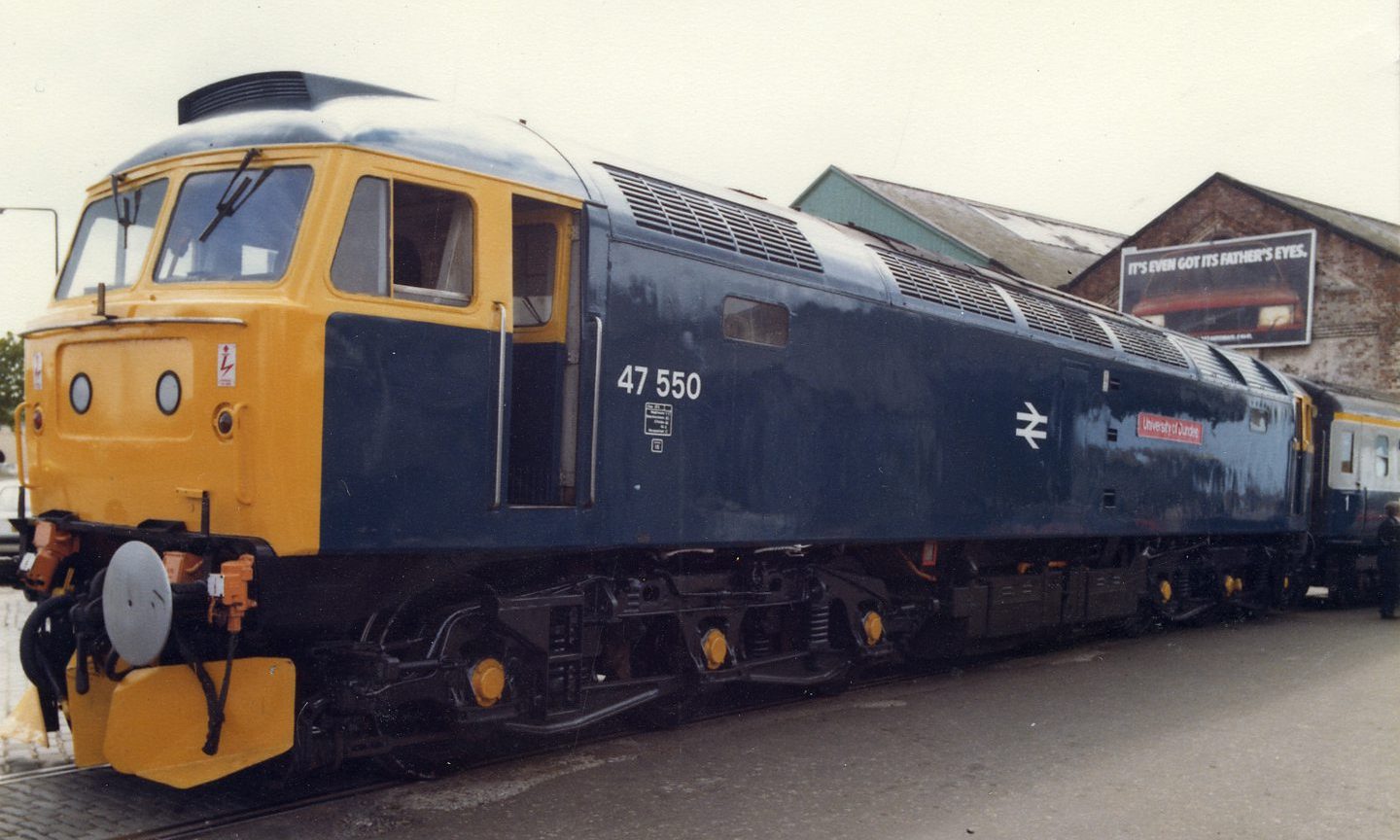
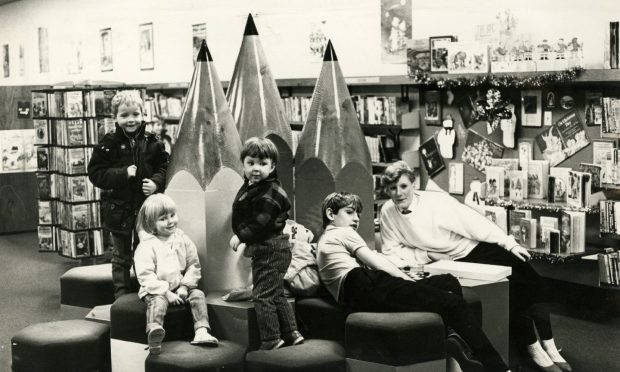
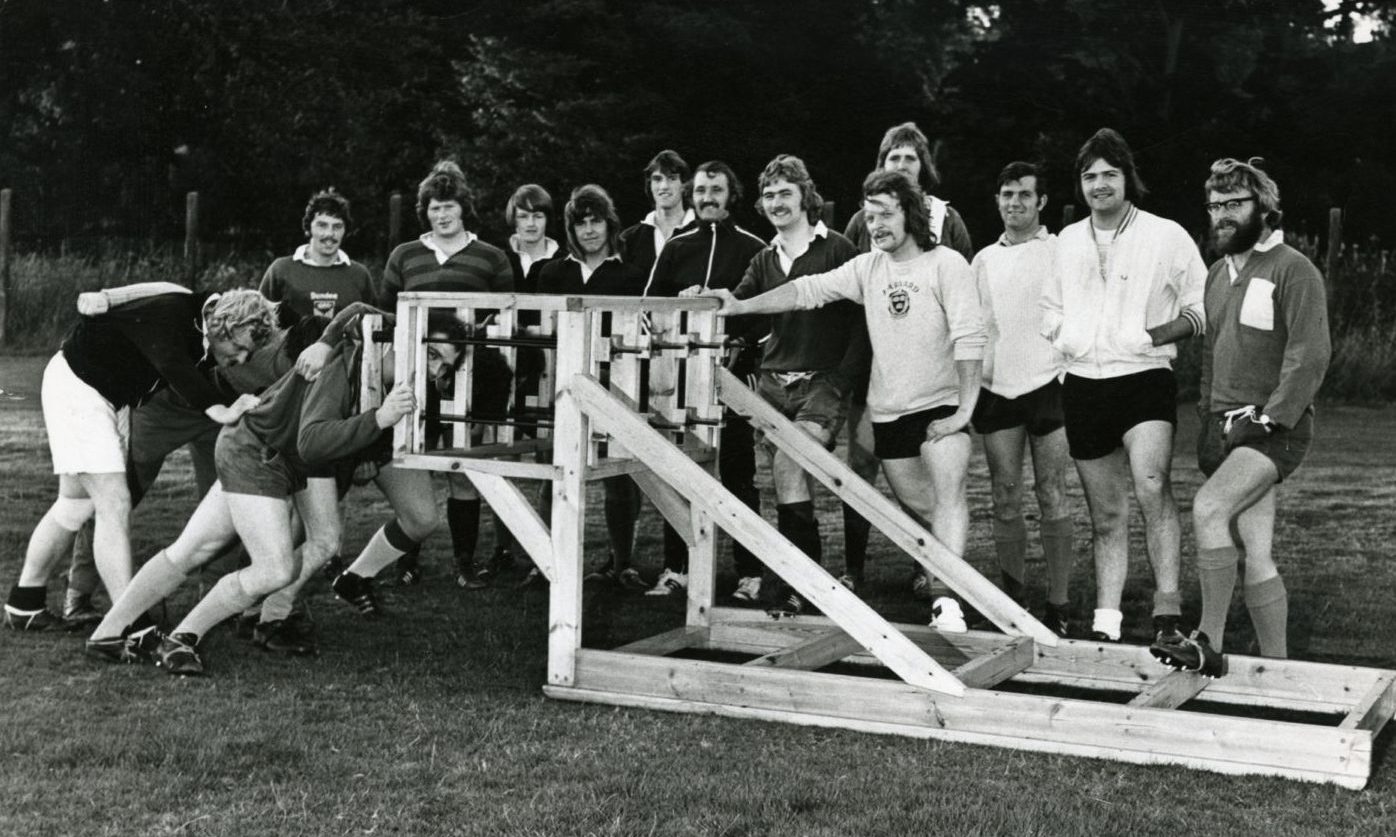
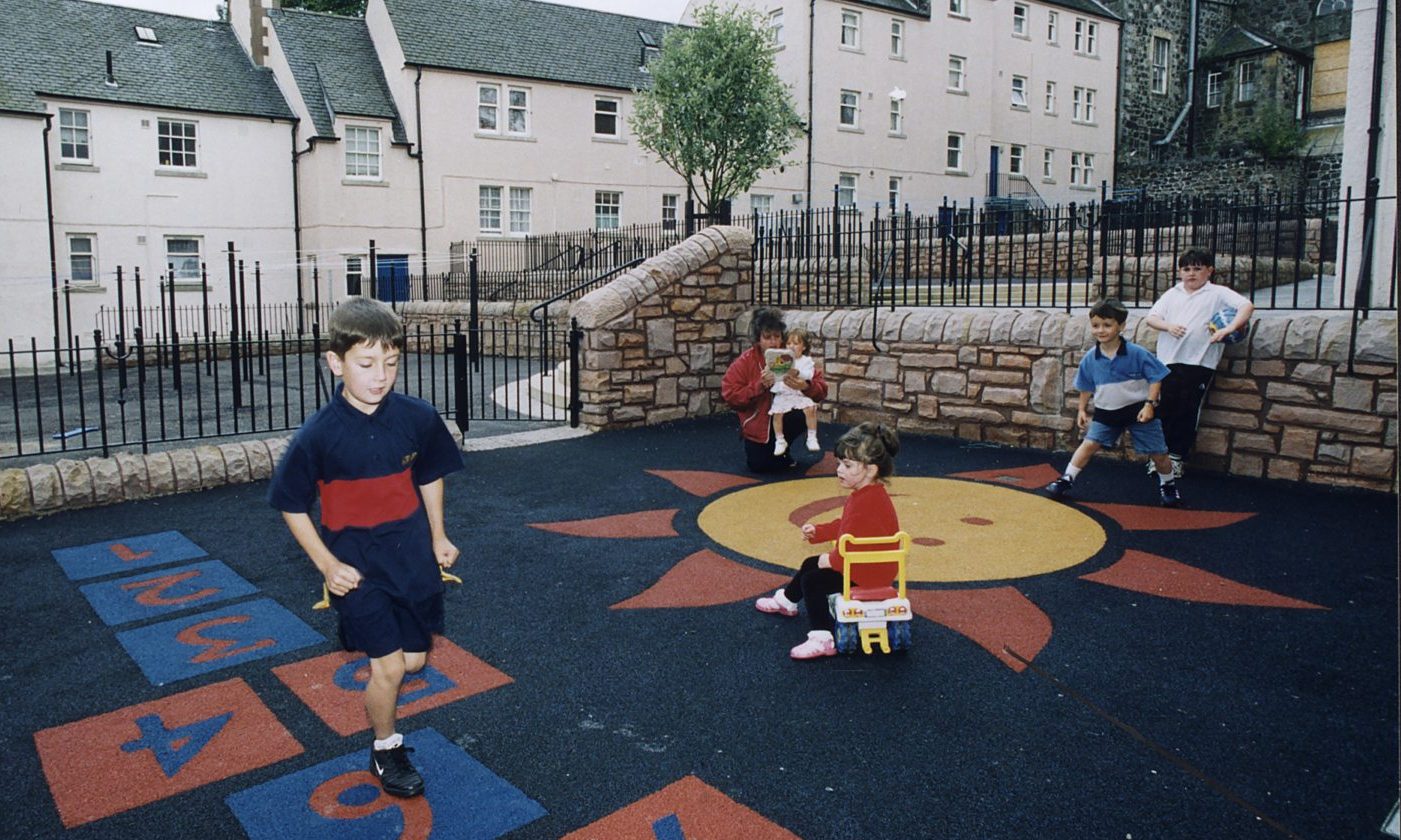
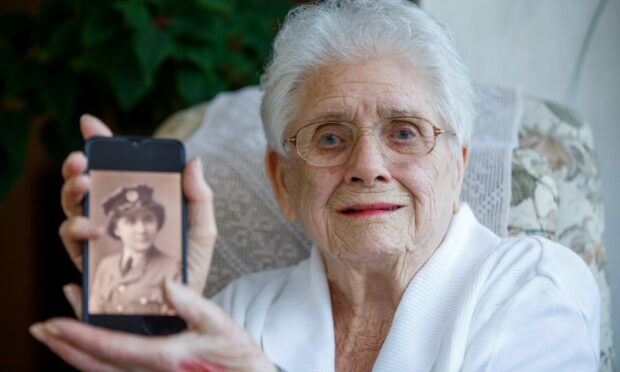
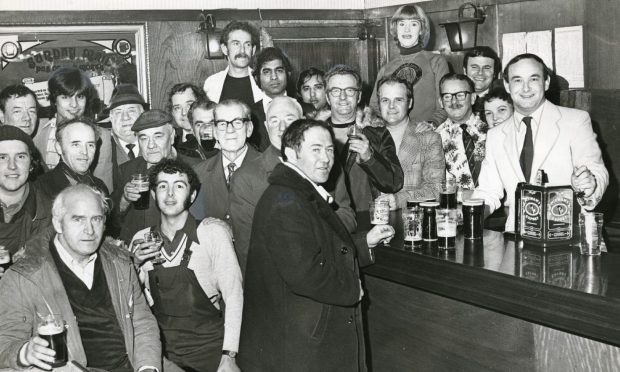

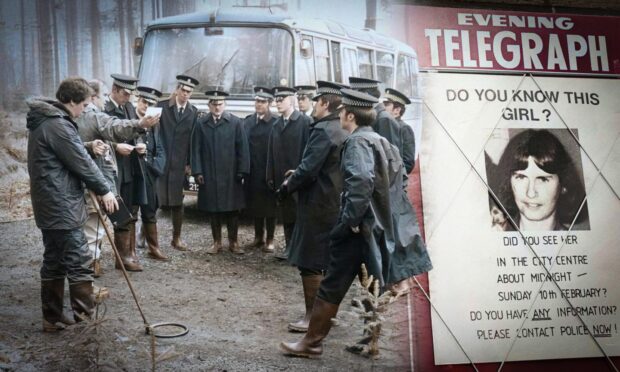
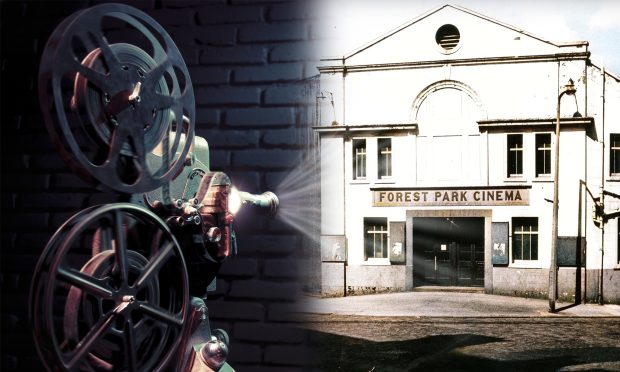
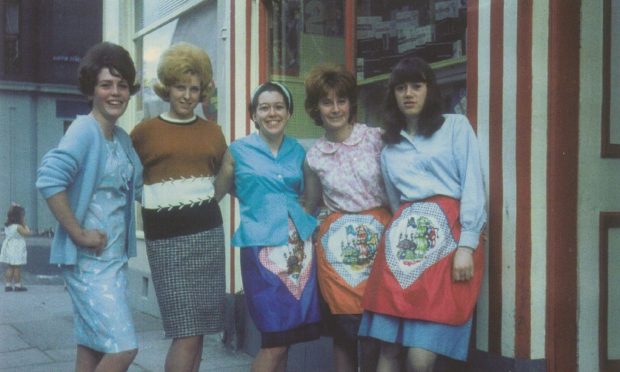
Conversation